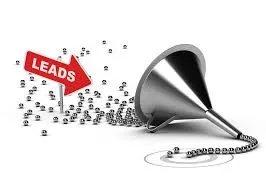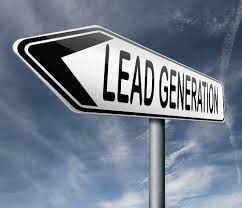The business of lead allocation is, in my opinion, the hardest part of any sales organisation, let alone one that is asked to address an individual set of circumstances every time. No single renovation is the same, no customer the same, no room the same, no circumstance the same.
Think for a second about the unique diversity that confronts all of us. There’s ethnicity, location, budget, external influences, product choices, time lines, the list is endless. I’ve seen, and been a part of it, those entrusted with allocating leads, tearing out what hair remains in their attempt to match a small amount of detail with the same qualities of a designer / sales person.
It’s a tough gig, if there was a way to read a lead correctly many of would have written a bestselling book about the topic and be relaxing on an island somewhere. So from a designer’s perspective, the only advice to offer is:-
- They have not gone out of their way to give you a dud lead
- Suck it up and get on with it
- Remember there is a huge value in the lead you have been sent – not only the cost to get the lead in the first place but someone has approached your company with a problem, one they believe you can solve.
Seriously though, you have a responsibility to yourself, your family, your client and your company. Here’s a few things to bear in mind:-
- When you have a qualified lead, you don’t want to be a sales rep to call once and leave a voicemail. You want to be one whose sole job in life is to reach your leads, overcome objections, make sure they are a fit, and get your client connected with you.
- Faster lead response times = better conversion rates. When a lead comes into your inbox, the faster the response the better. According to a Lead Management Response Study, the magic number here is five minutes. A five-minute lead response means you’re four times more likely to qualify that lead than a 10 minute response, and a staggering 21 times more likely to convert than after 30-minute wait. Seriously read that again so it sinks in – the difference is staggering

- The human touch enhances lead nurturing. Whether or not leads are sales-ready, designers who genuinely nurture relationships with every interaction do far better than those that deliberately try to “close and run”. This is not the mid 80’s!
- Record keeping. If you take a lead, try your hardest and fail, record it. The best results are often the direct result of failure. The best career designers I have met over the years keep records of varying degrees. Why? Because they want to challenge themselves at every turn. They know that if they have a closing rate of one in three and earn an average of say $1500 per sale, two people will say know but it’s still worth $500 per “no”!
In the run into Xmas, installations becomes the busiest area in most organisations – as designers, spare a thought for those allocating a declining number of leads, but do yourself a favour and work harder and smarter.
So how many did I upset with that ?





































